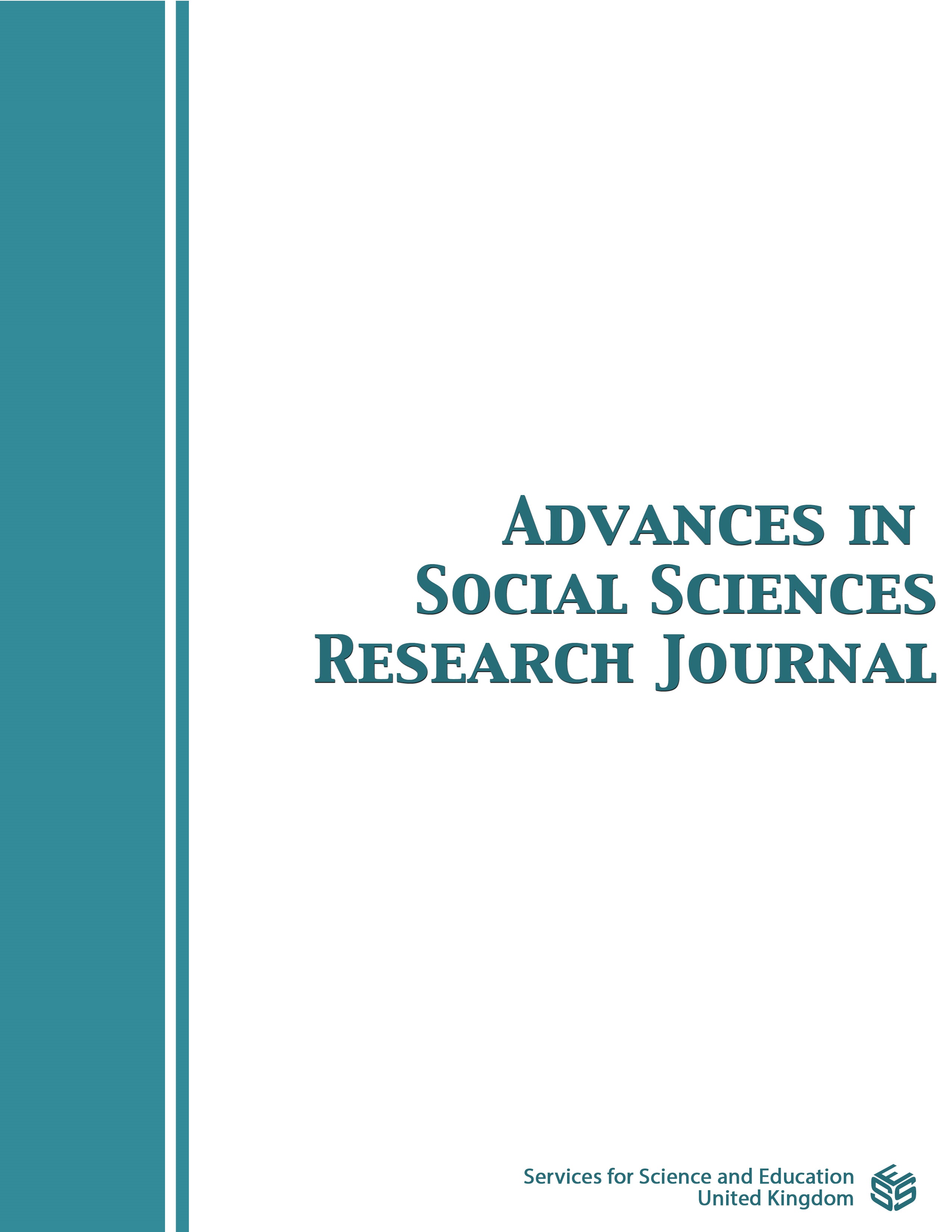A Semiotico-Pragmatic Analysis of President Nana Addo Danquah Akufo-Addo’s Address on Ghanaian Economy
DOI:
https://doi.org/10.14738/assrj.101.13752Keywords:
Semiotics, Practs, Political speech, President Nana Addo Dankwa Akufo-AddoAbstract
This study analyzed President Nana Addo Dankwa Akufo-Addo first official address on the Ghanaian economic crisis. It is qualitative study and explicit content analytical method was employed. Applying concepts from semiotic model and pragmatic act, the study revealed different semiotic elements and practs through which the presidents effectively communicated to his audience on government’s plans and initiatives towards ameliorating the escalating inflation and the resultant economic hardship Ghanaians were experiencing. The findings revealed that semiotic elements such as the coat of arm, the president’s outfit, the national flag, the microphone and the outfit of the sign-language interpreter effectively acts as a signifier and immensely contributed to meaning. Again, the findings showed that the president employed several practs in his address such as informing (47.06%), tasking (13.37%), cautioning (7.45%), sympathizing and recounting (3.16%), promising (16.01%); pleading/praying, reporting, and instructing (2.11%) each, saluting (9.06%), suggesting and urging (1.05%) each. The paper therefore concludes that through shared situational knowledge, reference and inference, Ghanaians were able to understand what the president wishes to communicate.
Downloads
Published
How to Cite
Issue
Section
License
Copyright (c) 2023 Peace Chinwendu Israel

This work is licensed under a Creative Commons Attribution 4.0 International License.
Authors wishing to include figures, tables, or text passages that have already been published elsewhere are required to obtain permission from the copyright owner(s) for both the print and online format and to include evidence that such permission has been granted when submitting their papers. Any material received without such evidence will be assumed to originate from the authors.






